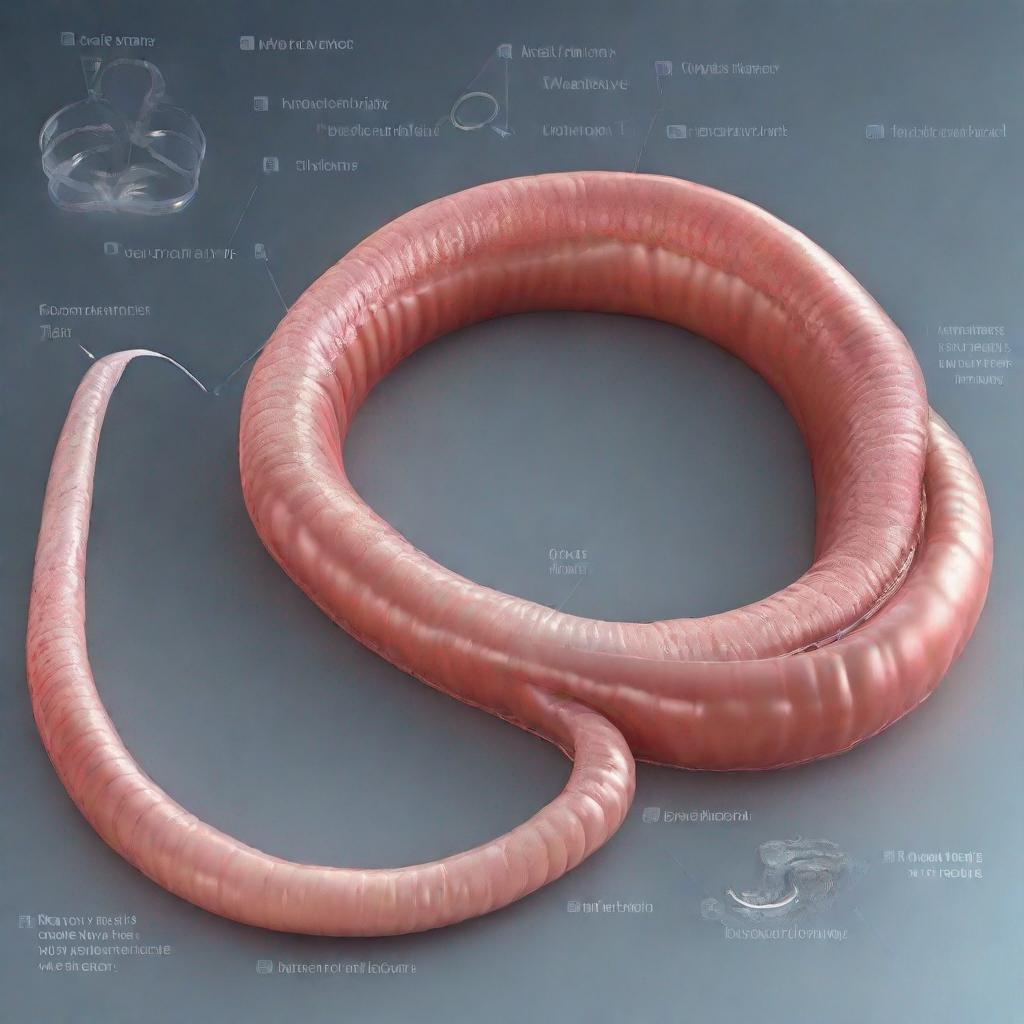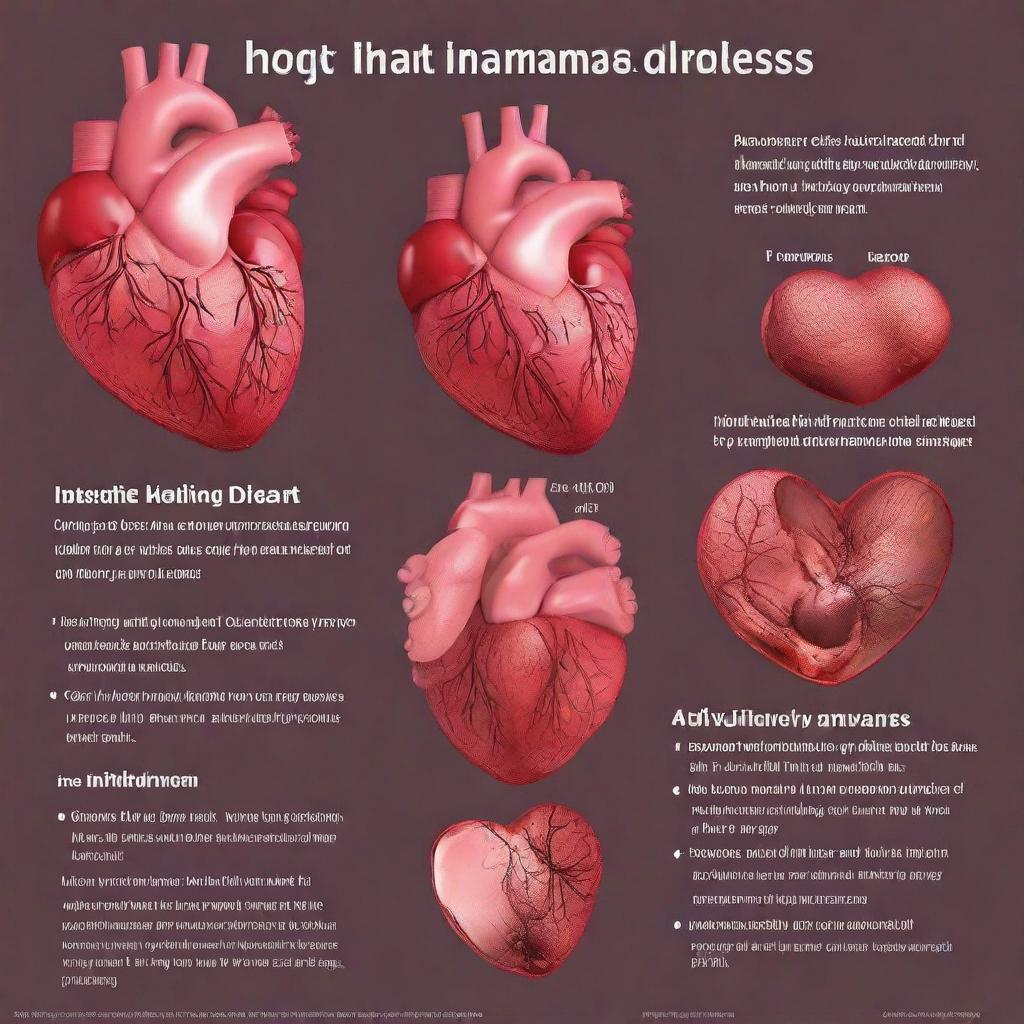## Understanding Venography: A Comprehensive Guide to Vein Mapping
Venography is a medical test that involves injecting a contrast agent into the veins to visualize and assess the venous system. It is a valuable tool for diagnosing and managing a range of conditions affecting the veins.
### Procedure
Venography is typically performed by a radiologist or vascular surgeon. The procedure involves:
1. **Contrast Injection:** A contrast agent, typically iodine-based dye, is injected into a vein in the arm or leg.
2. **X-ray Imaging:** A series of X-ray images are taken to capture the contrast-filled veins.
3. **Contrast Removal:** The contrast agent is then flushed out of the vein system through urination.
Venography can be performed in different ways, including:
– **Contrast Venography:** Involves direct injection of contrast agent into a vein.
– **Digital Subtraction Venography (DSV):** Uses computerized techniques to enhance the X-ray images.
– **Computed Tomographic Venography (CTV):** Combines X-rays with CT imaging to provide detailed cross-sectional views.
– **Magnetic Resonance Venography (MRV):** Uses magnetic fields and radio waves to create detailed images of the veins.
– **Doppler Ultrasound Venography:** Uses sound waves to assess blood flow and detect blockages.
### Diagnosis
Venography is used to diagnose and assess various conditions affecting the veins, including:
– **Deep Vein Thrombosis (DVT):** Blood clots in the deep veins of the legs or pelvis.
– **Pulmonary Embolism (PE):** Blood clots that have traveled to the lungs.
– **Varicose Veins:** Enlarged and twisted veins.
– **Venous Insufficiency:** Inability of the veins to effectively circulate blood.
– **Pelvic Congestion Syndrome:** Painful swelling in the pelvis due to blocked or damaged veins.
– **May-Thurner Syndrome:** A condition where the right iliac vein is compressed by the overlying left iliac artery.
### Importance
Venography is significant in diagnosing and managing vein conditions because it provides:
– **Accurate Visualization:** Allows for detailed evaluation of the venous system, including the location and extent of blockages or abnormalities.
– **Early Detection:** Detects conditions such as DVT and PE before they become serious or life-threatening.
– **Treatment Planning:** Guides treatment decisions by providing information on the severity and location of vein problems.
### Alternatives
Alternative tests to venography include:
– **Duplex Ultrasonography:** Uses sound waves to assess blood flow and detect blockages.
– **Magnetic Resonance Imaging (MRI):** Uses magnetic fields and radio waves to create detailed images of the body, including the veins.
– **Computed Tomography (CT) Angiography:** Combines X-rays with CT imaging to visualize blood vessels.
### Preparation
Before the venography procedure:
– Inform the doctor about any allergies or medications.
– Fast for several hours before the test to avoid nausea.
– Wear comfortable clothing and remove any jewelry.
### Duration
Venography typically takes 30-60 minutes to perform. Patients may wait several hours for the results, which are analyzed by a radiologist.
### Recommendations
In addition to venography, other tests that may be recommended include:
– **Blood Tests:** To check for blood clotting disorders or other underlying conditions.
– **Leg Ultrasound:** To assess for swelling or inflammation.
– **Echocardiogram:** To evaluate the heart’s function, especially if a pulmonary embolism is suspected.
Venography remains a valuable diagnostic tool for assessing vein health. By providing clear visualization of the venous system, it helps physicians accurately diagnose and manage vein disorders, leading to improved patient outcomes.




